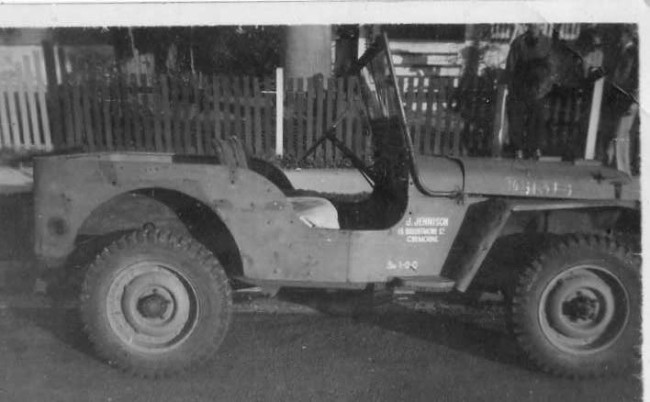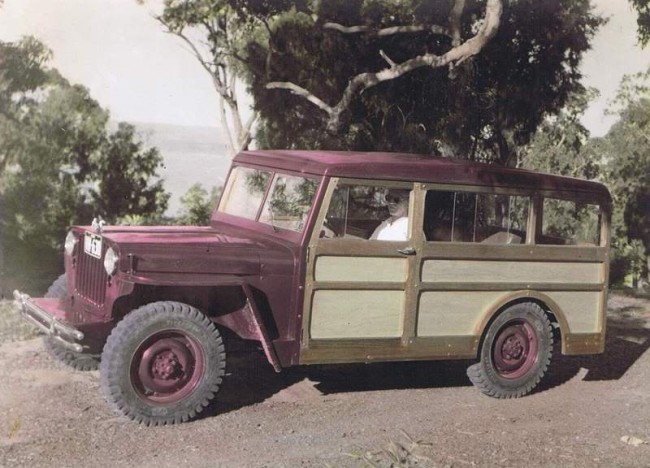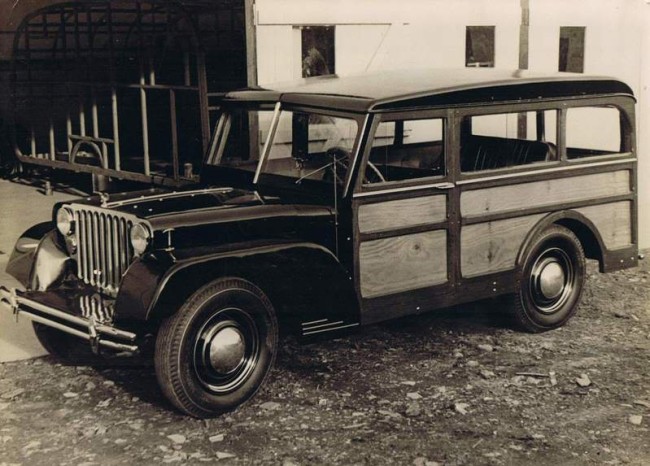Charles sent a picture of this wagon. After some research, I learned the unusual modifications were completed by John Jennison, who was an Australian engineer, car builder, motorcycler and more. He had a vision for a jeep as a sports wagon. More information can be found at this vintage caravans forum and at Brendan’s this-old-jeep website.
John started with the old military jeep:




Way cool..
I like that a lot !
Thanks for sharing…
I agree – way cool…
It makes me wonder, once again, about the diverse number of chassis and bodies that Willys was offering at the time.
Would consolidating their body stampings, making the wagon look like a CJ, similar to the above, bought them more time and better sales?
I think the bottom one is rather elegant.
I am john jennisons grandson and interested in your topic of discussion namely the jeeps and his other cars that he built. Happy to hear from anyone and have a lot of photos. Jeff
Hi Jeffry,
Thanks for responding. It looks like John was a really interesting guy. If you’d like to share some pics and more stories about his efforts, I’ll happily share them with readers. Feel free to email me at d@ewillys.com.
Thanks!
– Dave
Thanks Dave will do .
He built the jeep wagons primarily to try and sell them to his caravan customers. See the real Australia and head a off the beaten track! He only built maybe a dozen having purchased them US army surplus in Melbourne after the war. My father used to love driving them. As you all have noted he built 2 models , the 2nd a lot more refined in styling. He was one of the first commercial caravan builders in Aust kicking off in 1930. In the 20s he built a wooden motor/speed boat and a couple of cars which he entered in the Sellicks Beach races in SA.
In 1937 he built a fairly amazing vehicle with full wooden chassis and ply exterior. The styling was quite revolutionary for prewar vehicles, featuring square headlights, front wheels enclosed with in the main body of the car and full length grill right down to the bottom front of the car with no bumper. Fully registered in NSW in about 1937/8.